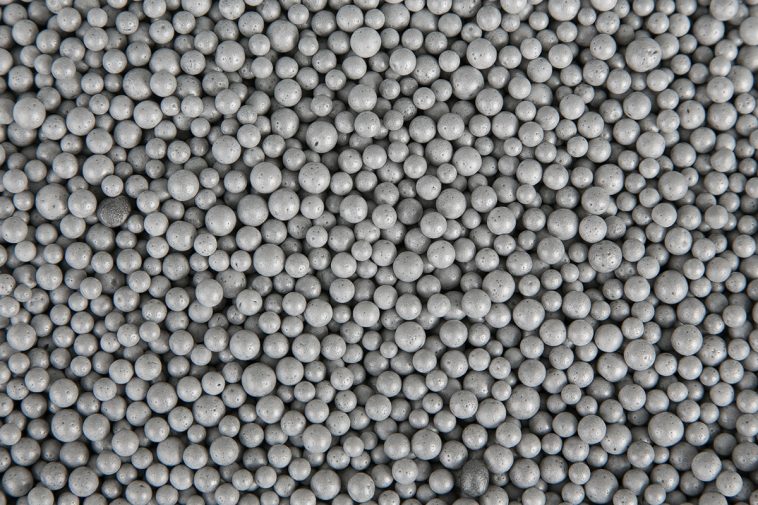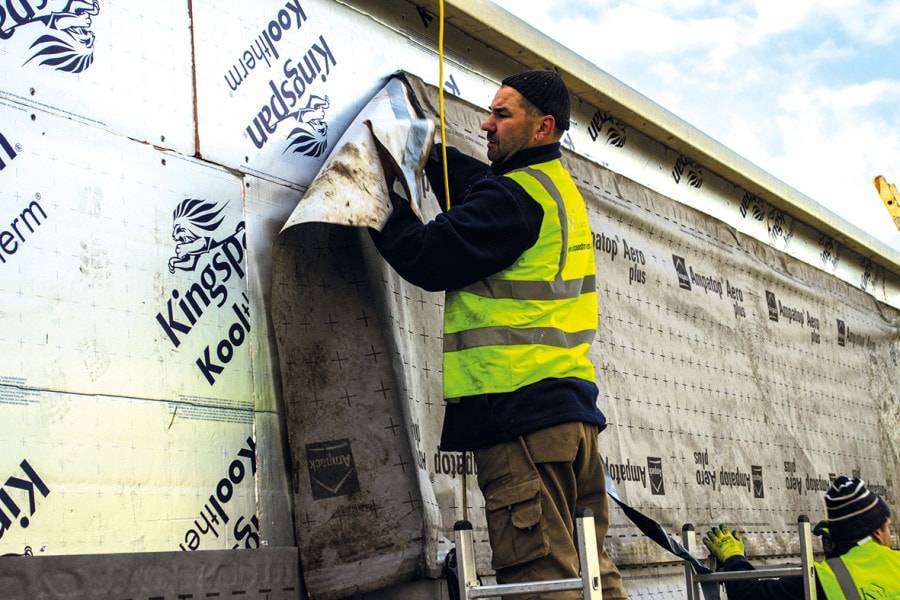When it comes to energy efficiency and keeping your home comfortable, proper insulation plays a crucial role. In Ireland, where the weather can be unpredictable and chilly, ensuring your cavity walls are well insulated is a smart decision. But the question arises: Should you opt for EPS beads or rigid board insulation?
Understanding Cavity Wall Board Insulation
Pros:
- Provides effective insulation for cavity walls.
- Can achieve desired U-values (measure of heat loss).
- Reduces the need for additional internal or external insulation.
- Offers good thermal mass, helping store and release heat.
Cons:
- Challenging to ensure a perfect installation.
- Any air gaps between insulation and the wall can lead to thermal looping.
- Even slight gaps significantly reduce insulation effectiveness.
- Mortar droppings and debris in the cavity can disrupt insulation.
Exploring EPS Bead Insulation
Pros:
- Effective insulation method for cavity walls.
- Can be applied after wall construction.
- Provides a clear 150mm cavity space.
- Fast and cost-effective installation.
Cons:
- Some argue that it bridges the air gap intended to prevent moisture penetration.
- Not suitable for all types of houses or highly exposed areas.
- Must adhere to NSAI Agrément Certificate guidelines.
- Incorrect installation can lead to issues.

The Typical Build-Up of Cavity Board Insulation on Site
In standard cavity wall construction, you’ll find a brick or block outer leaf, a 40mm clear cavity, 80mm insulation, a 100mm block inner leaf, and internal plaster. PIR insulation boards have largely replaced polystyrene due to their lower conductivity, allowing for the same insulation value with less thickness. A well-insulated cavity with 110mm PIR can meet current building regulations, achieving impressively low U-values.
The Typical Installation Process for EPS Bead Insulation
EPS bead insulation involves drilling and pumping the cavity walls after wall construction, just before applying the final coat of external render. The beads are mixed with a binding agent, forming a solid mass in the cavity. This method effectively prevents moisture migration and bead dispersion in case of alterations or service installations. It is a fast and cost-effective solution that suits many construction projects.
Determining When to Use Board or Bead Insulation
Your choice between board and bead insulation depends on various factors, including house type, location, and construction details. While board insulation is suitable for traditional wall construction, bead insulation is more versatile and can be used in various scenarios. Consider the specific requirements of your project and consult with insulation experts to make the right choice.
Cost Considerations: How Much Does Board Insulation Cost?
Contractors typically charge around €10-€12/£10 per square meter to pump cavity walls with 150mm of platinum EPS bonded beads. Achieving a similar U-value with PIR insulation boards costs about €9-€10/£8 per square meter. There’s not a significant cost difference between the two methods, making the decision primarily based on other factors.

Cost Considerations: How Much Does Bead Insulation Cost?
EPS bead insulation is a cost-effective option, but prices can vary based on project specifics and location. The benefits of bead insulation, including a clear 150mm cavity space, fast installation, and moisture protection, often outweigh the costs.
Making the Choice: Beads or Boards?
When deciding between beads and boards for cavity wall insulation, it’s crucial to prioritise proper installation and compliance with guidelines. Both methods offer effective insulation when correctly implemented. Beads are advantageous for their versatility and ease of application after wall construction, but they may not suit all situations. Boards are tried and tested, offering reliable insulation when integrated into standard wall construction.
By carefully evaluating your project’s needs, adhering to guidelines, and seeking professional advice, you can make an informed choice between EPS beads and board insulation. Properly insulating your cavity walls will not only enhance energy efficiency but also ensure your home remains comfortable and cosy, regardless of the Irish weather.




